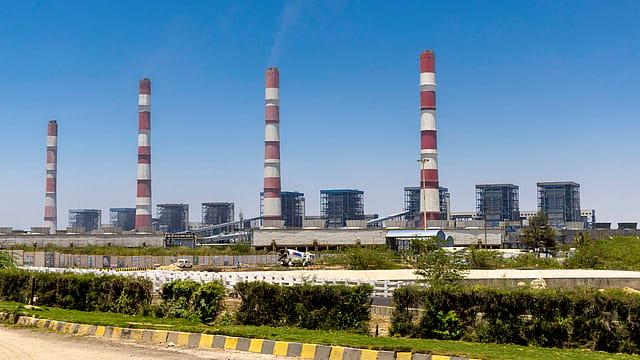Coal imports decline to 209 MT in FY22; production up by 61 MT
ADVERTISEMENT

India’s coal import declined to 209 million tonnes in 2021-22 against 215 MT in 2020-21 and 248 MT in 2019-20, while at the same time overall coal production increased by 61 MT during 2021-22, the coal ministry says.
“Coal imports had reached a peak of 248 MT in 2019-20, which declined during the next two years to 215 MT in 2020-21 and further to 209 MT in 2021-22,” says the ministry.
On the demand front, there was a rise in actual coal demand from 956 MT in 2019-20, 906 MT in 2020-21, to 1,027 MT in 2021-22, but coal imports have not increased.
Explaining that the government was able to keep the import in check because of a sustained increase in domestic supply over the years, the ministry says the decline in coal imports during 2021-22 is largely due to a decrease in imports by the power sector.
The power sector imported 45 MT of coal in 2020-21, which reduced to 27 MT in 2021-22, a decline of almost 40%.
“Coal import grew at a compound annual growth rate (CAGR) of 22.86% during 2009-10 to 2013-14. At this CAGR, coal imports would have reached 705 MT in 2020-21 and further to 866 MT in 2021-22.”
December 2025
The annual Fortune 500 India list, the definitive compendium of corporate performance, is out. This year, the cumulative revenue of the Fortune 500 India companies has breached $2 trillion for the first time. Plus, find out which are the Best B-schools in India.
On the production side, India’s coal production increased from 716 MT in 2020-21 to 777 MT in 2021-22, an increase of 61 MT, says the ministry.
“Coal imports could be contained due to increased domestic dispatch from 691 MT in 2020-21 to 818 MT in 2021-22,” says the ministry. Domestic dispatch not only increased to the power sector but non-power sectors as well; from 101 MT in 2020-21 to 104 MT in 2021-22.
Coking Coal import was 57 MT, with a growth of 11.65% during 2021-22, which is largely used in the steel sector. However, as compared to the pre-covid year of 2019-20, the growth in coking coal imports is around 10%.
Coal imported by the non-regulated sector (cement, sponge iron & paper, etc.,) increased to 125 MT in 2021-22 from 119 MT in 2020-21, an increase of 5.23%. The increase is largely on account of growth in the import of coking coal and import of coal by the non-regulated sector, which largely imports high-grade thermal coal. “Supply of both these categories of coal is limited in the country,” says the ministry.
A critical input for the power, fertiliser, iron & steel and cement sectors, the coal industry is a major contributor to fulfilling the nation’s energy needs.
